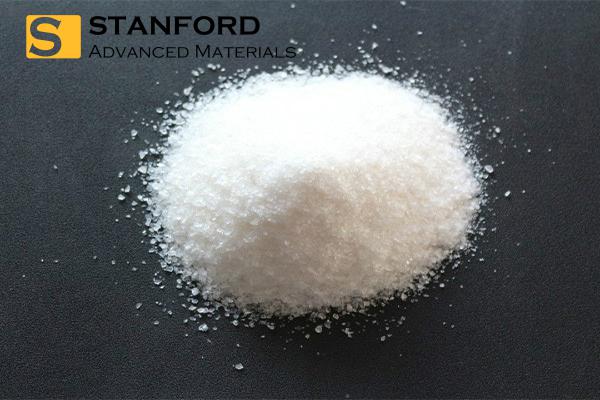UGH-2 Powder Description
UGH-2 (1,4-Bis(triphenylsilyl)benzene) is commonly used as a host material for blue phosphorescent OLEDs, especially with emitters like FirPic. It offers a large energy gap of around 4.4 eV and a high triplet energy (ET ≈ 3.5 eV), both of which are key to achieving efficient and long-lasting blue emission—a critical challenge in OLED design.
Its deep HOMO level (about –7.2 eV) also makes UGH-2 a reliable choice for use as an electron transport or hole-blocking material. In multi-layer stacks, this can help reduce exciton quenching and improve charge balance.
Key Properties
-
High triplet energy (~3.5 eV), supports blue emission
-
Broad energy gap (~4.4 eV)
-
Deep HOMO level (~7.2 eV), suppresses hole injection
-
Functions as ETL or HBL in layered devices
-
Good thermal and photo stability under operating conditions
UGH-2 Powder Applications
-
TADF Host Material: Ideal for blue-emitting dopants in PhOLEDs
-
ETL / HBL Material: Supports efficient charge transport and recombination control
-
OLED & Display Research: Commonly used in lab-scale OLED device fabrication and optoelectronic studies
UGH-2 Powder Safety Information
|
RIDADR
|
NONH for all modes of transport
|
|
WGK Germany
|
3
|
 Get a Quote
Get a Quote
